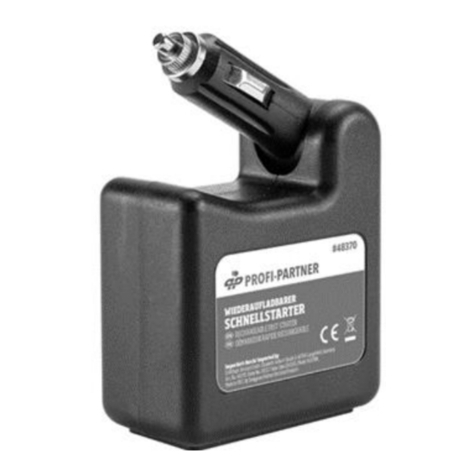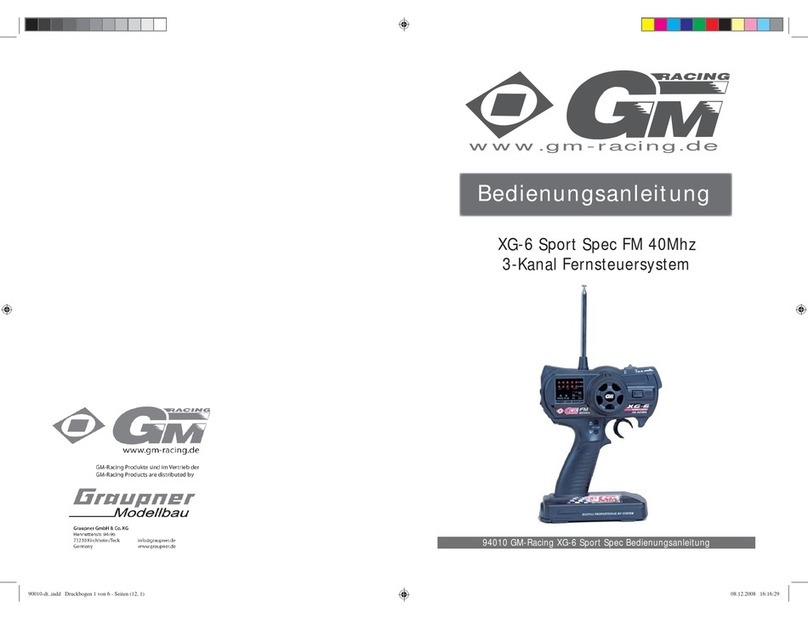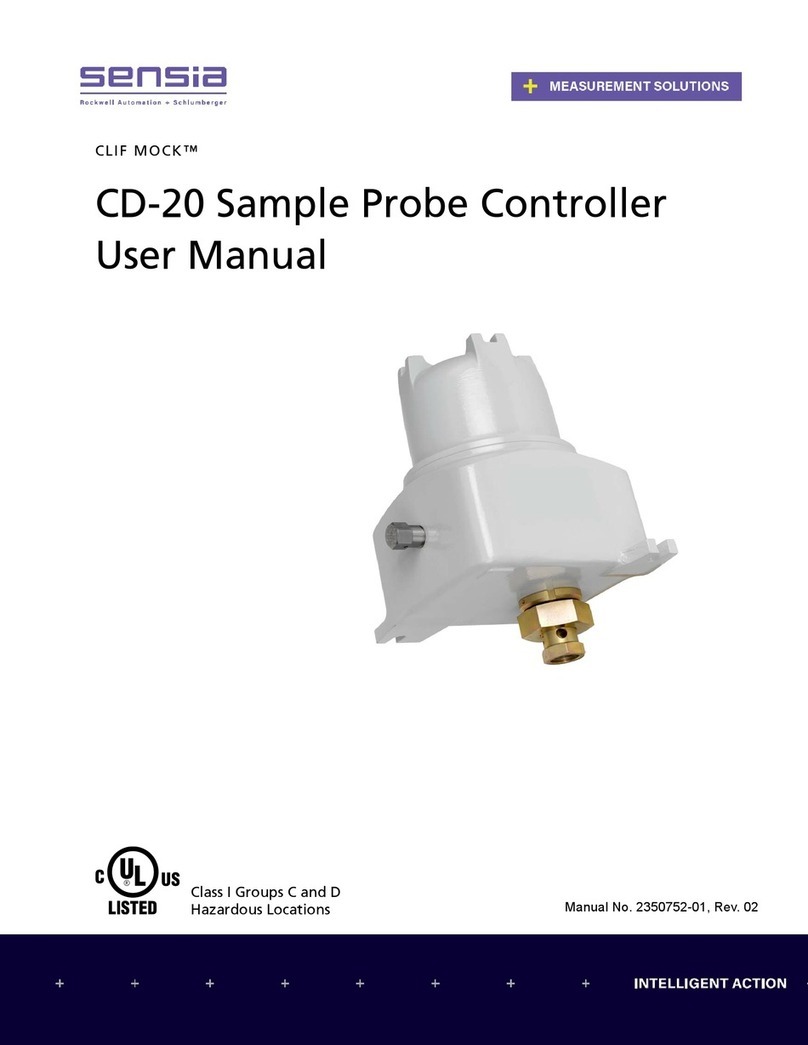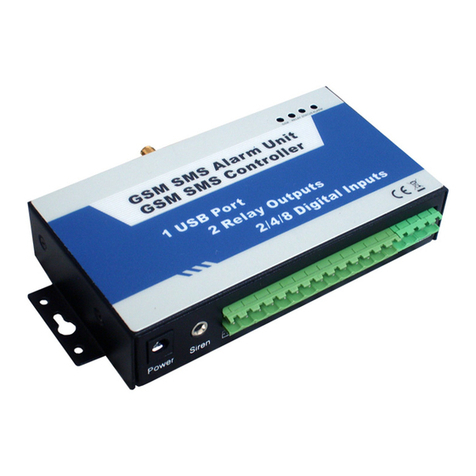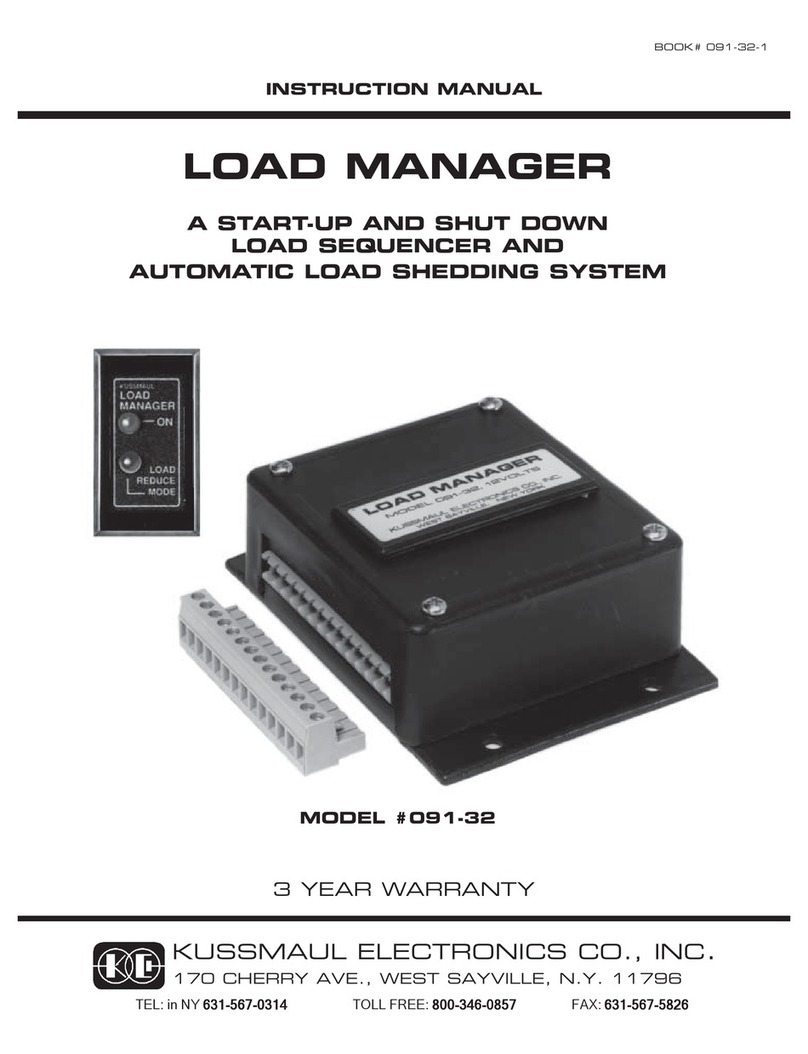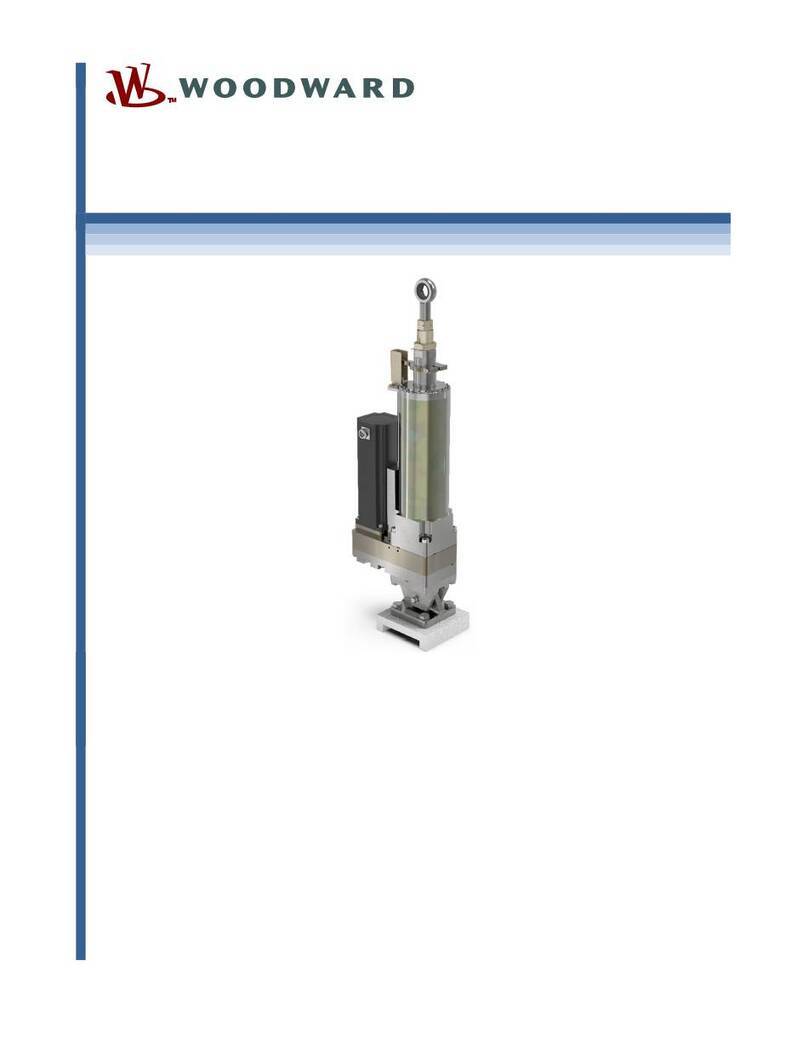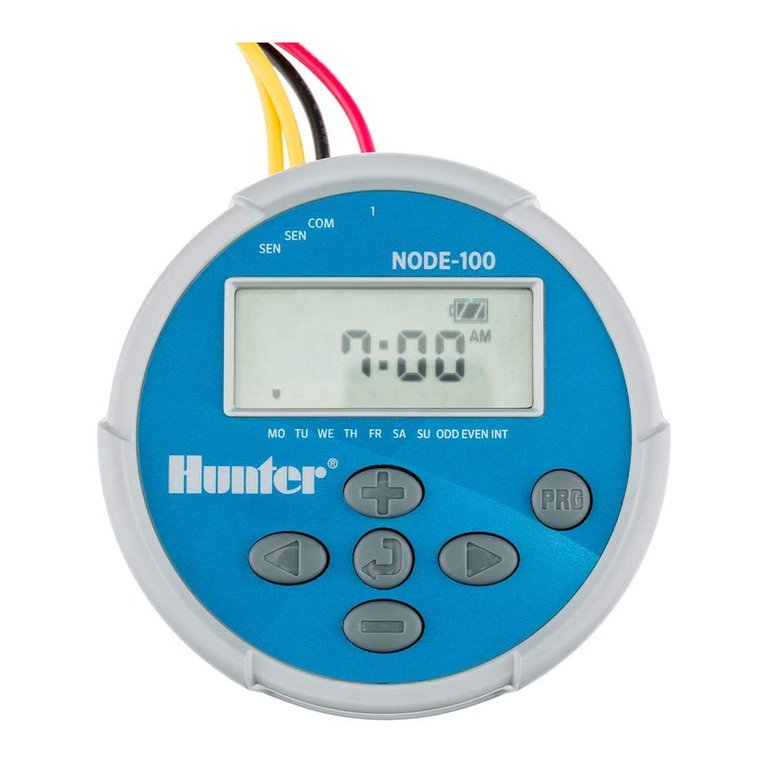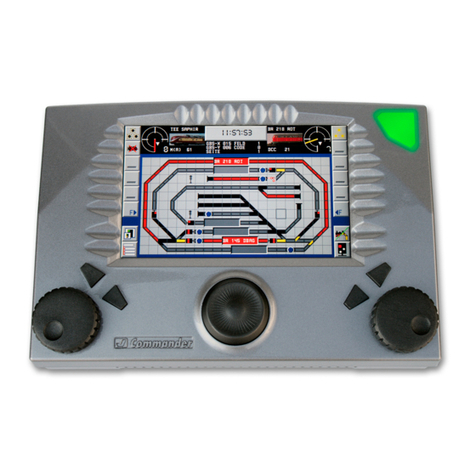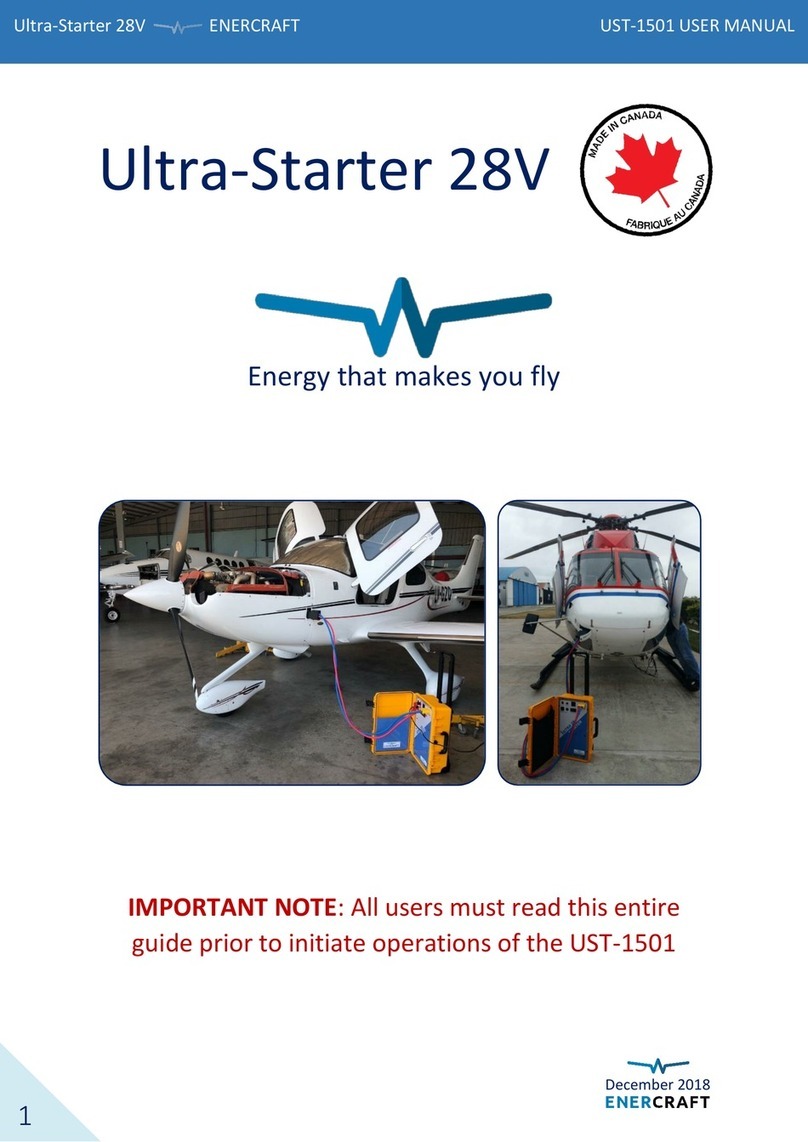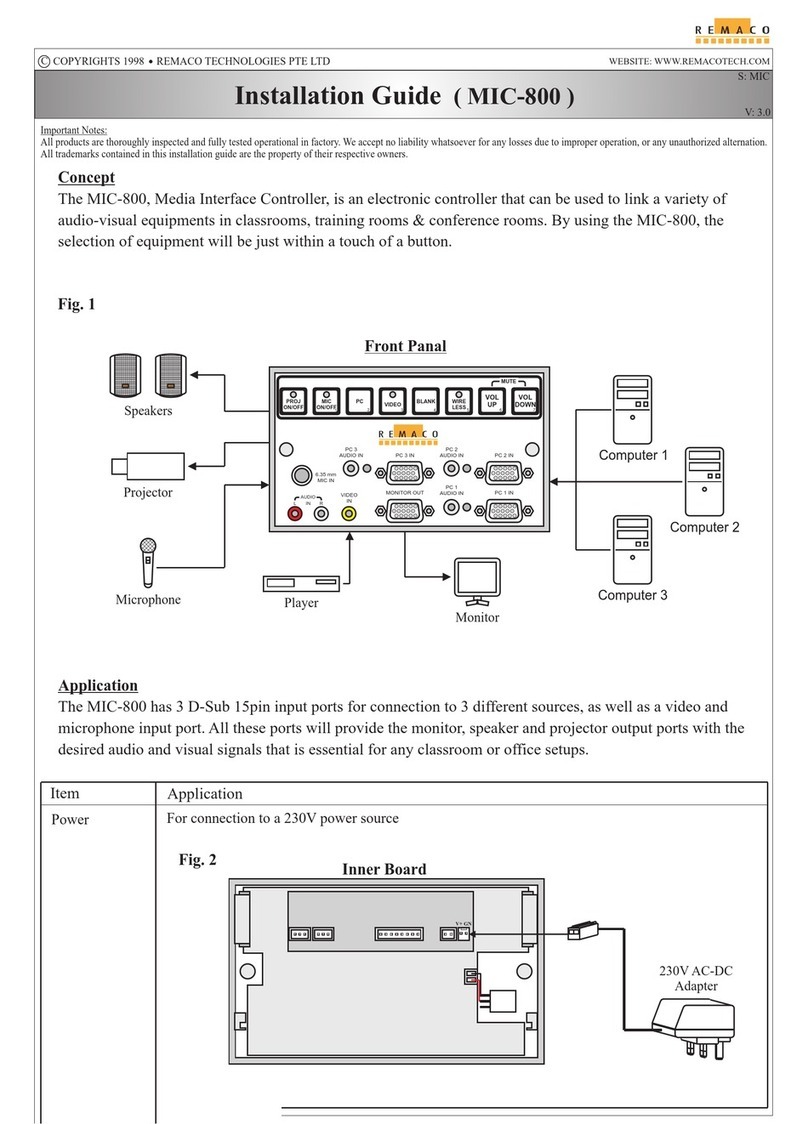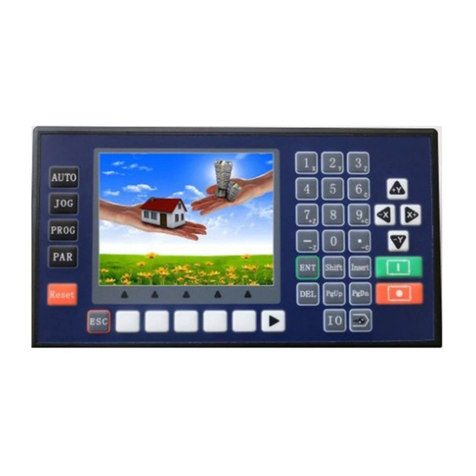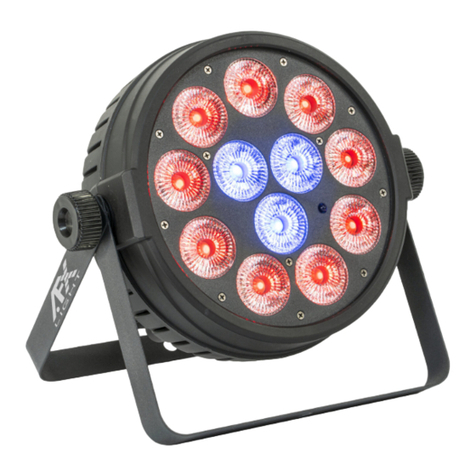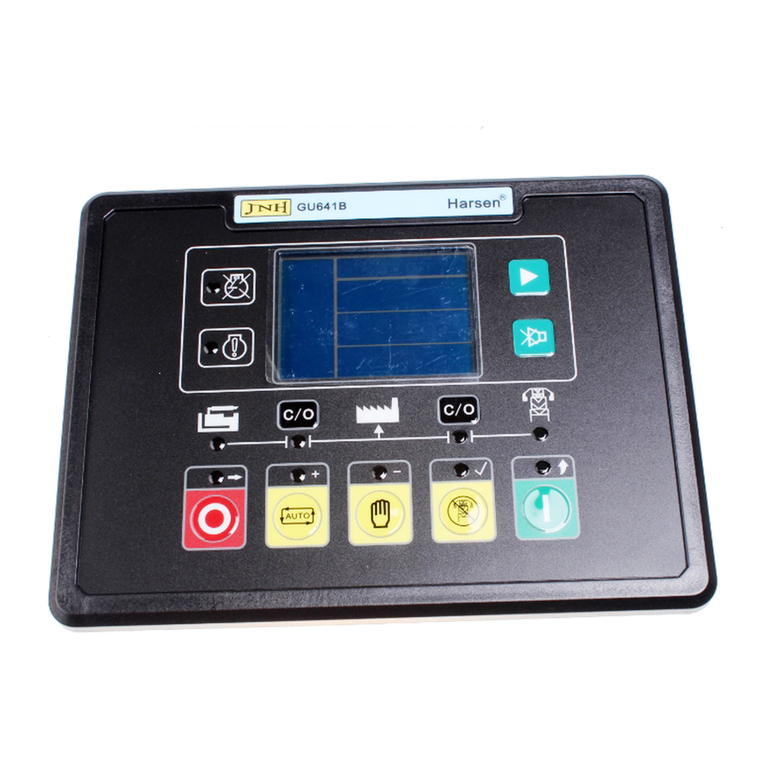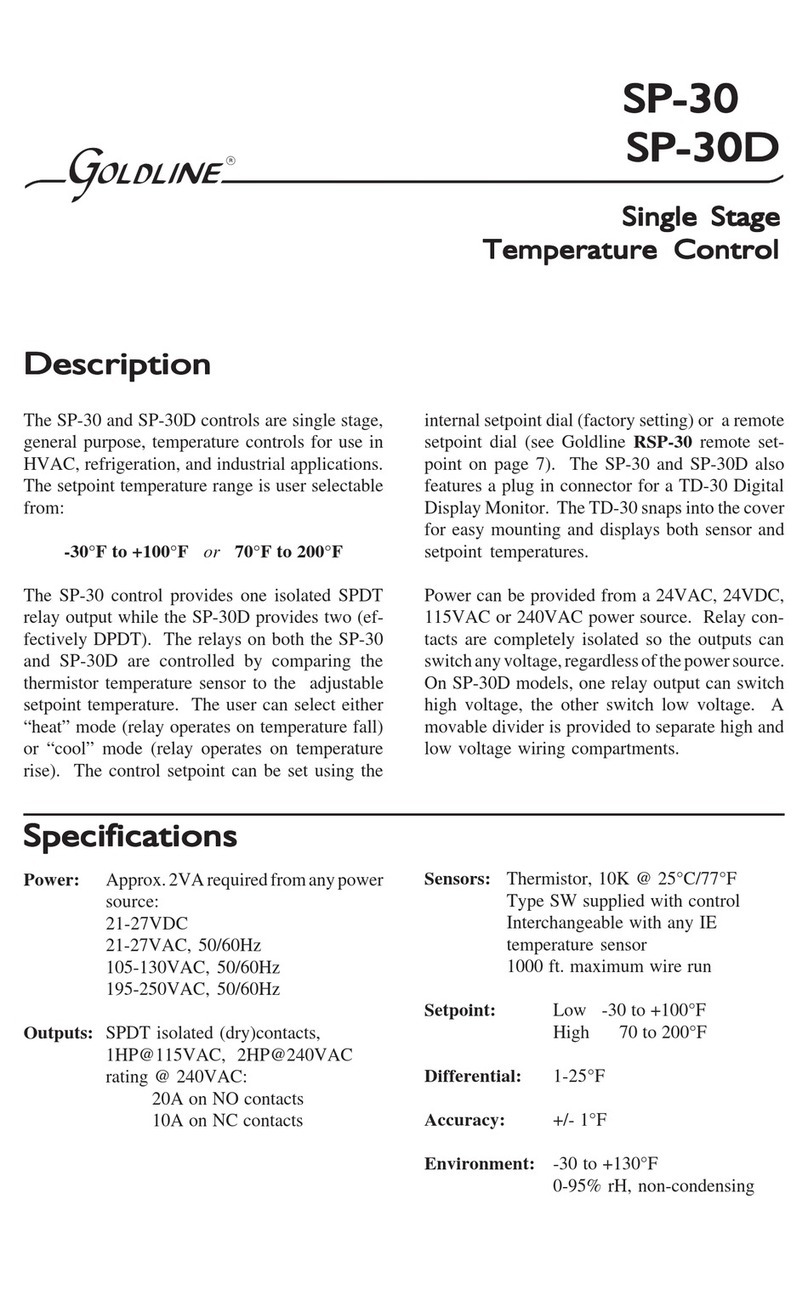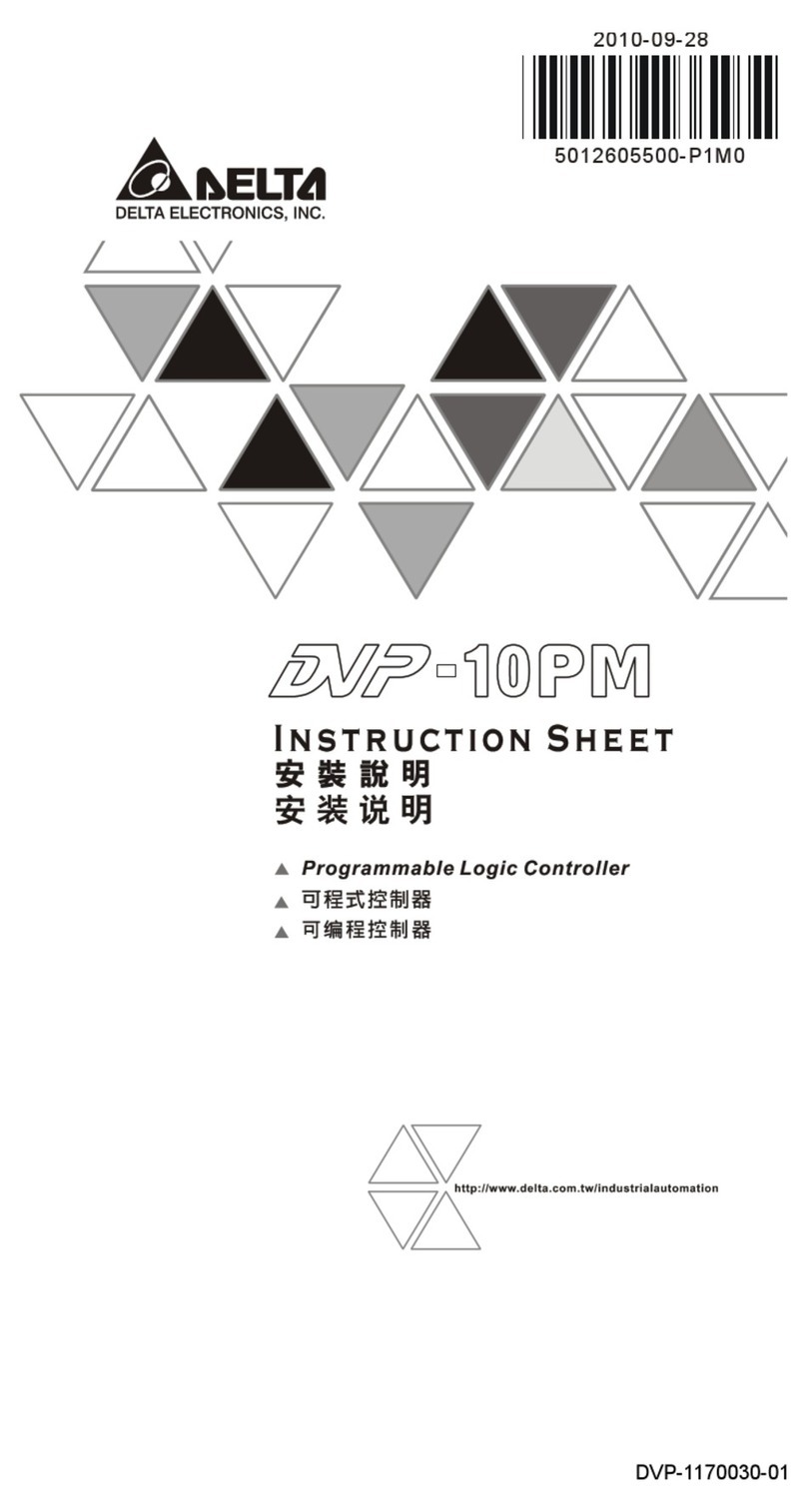Bircher Swissdoor RFGate 3.2 User manual

1
12
ON
12
ON
ON
1 2
ON
1 2
ON
1 2
RFGate 3.2
7544
121
24
106
50
121
23
106
22
Wireless dual channel signal transmission system for safety edges
Original operating instructions
General
1Safety instructions
2Common application
2.2 Industrial door
ENGLISH
370052A
05/18
TransmitterReceiver
Warning: Switch off the operating voltage before working on the
system. Only trained, qualied personnel may perform installation
and startup. The unit may only be repaired by the manufacturer. The
switching unit may only be used to protect against dangers on
crushing and shearing points and on automatic industrial doors and
gates (intended use). National and international regulations on
industrial door and gate safety must be complied with. Always
Transmitter
Contact
Receiver
Safety edge
Mobile safety edges
Receiver
TransmitterTransmitter 1 Transmitter 2
DIP switch 2 OFF
Transmitter 2 Transmitter 1
Safety edge
8.2 kOhm
Contact
(e.g.wicket door)
consider the safety functions of your application as a whole, never just in
relation to one individual section of the system. The installer is responsible
for carrying out a risk assessment and installing the industrial door system
correctly.
i
Battery life up to 2 years, but it is recommended
batteries are changed every 12 months.
Receiver Receiver
Safety edge
8.2 kOhm
not used not used
Safety edge
8.2 kOhm
DIP switch 2 ON
2.1 Sliding gate
Transmitter input 1 corresponds to receiver output 1
Transmitter input 2 corresponds to receiver output 2
i
Transmitter 1 (input 1) corresponds to receiver output 1
Transmitter 2 (input 1) corresponds to receiver output 2
i
Further transmitters with separate manuals
Batteries
CR2032
Push
button
Push
button

2
i
i
1 2
ON
1 2
ON
IN1
IN2
8k2
IN1
IN2
34 5 6
(7) (8) (9) (10)
8k2
12 3 456
(7) (8) (9) (10)
J1F1
1k2
3 456
(7) (8) (9) (10)
J1F1
1k2
4.2 DIP switches
4.3 Cable routing, strain relief
3.1 DIP switch setting according to sensor (safety edge, switch contact)
4Receiver
3Transmitter
1 2
ON *Transmission frequency
869.525 MHz
1 2
ON 868.15 MHz
*= factory setting
12
ON *Programming at 1-ch transmitters
Transmitter 1 corresponds to output 1
Transmitter 2 corresponds to output 2
12
ON Programming at 2-ch transmitters
Input 1 corresponds to output 1
Input 2 corresponds to output 2
*= factory setting
Power supply Outputs: Relay contacts are shown unpowered Conductor cross section 0.25 – 0.75 mm2
4.1 Wiring: Power supply and outputs with control
Control unit with
NC input
Control unit with
1.2 kOhm NC input
12–36V
AC/DC
+/~ –/~
Control unit with
8.2 kOhm input
Example: RFGate 3.2.T
Sensor connection DIP switch Sensor connection DIP switch
Further instructions see separate transmitter manuals.
Determine the cable routing
Break out the corresponding part of the cover if necessary
Punch hole into the grommet
Thread cable
Fix cable with the clamp (➔strain relief)
Cable Ø: 3.1 – 5.2 mm
… or use holes
in the base plate
Break out …
Hint:
Remove J1!

3
1 2
ON
1 2
ON
i
ON
OK?
2x
12
ON
2x
2x
12
ON
*
*
6.1 Pairing transmitter with receiver (using the rst channel of dierent transmitters) according to application 2.1
5Installation sequence set-up
6Programming
2.
On the
transmitter
Press and release button Beep Wait 2 beeps
10 sec.
1.
On the receiver
Press
button
Beep LED
lights up
6.
Transmitter:
install
Release
button
4.
Transmitter:
insert
batteries
1.
Check DIP
switch settings
5.
Pairing (Chapter 6):
transmitter with receiver
Transmitter and receiver and
further transmitters must be at
least 0.5 m apart
Code saved
LED goes out
7.
Transmitter:
wire
3.
Turn on power
supply
2.
Install and wire
receiver
8.
System test: press
safety edge on gate or
door
6.2 Pairing transmitter with receiver (using both channels of the transmitter) according to application 2.2
2.
On the trans-
mitter for
channel 1
On the
receiver
On the
receiver
On the
receiver
Press and release button Beep Wait 2 beeps
10 sec.
4.
On the trans-
mitter for
channel 2
Press and release button Beep Wait
10 sec.
3.
On the receiver
Beep BeepRelease
button
Release
button
LED orange
lights up
LED orange
lights up
Press
button
Press
button
1.
On the receiver
Press
button
Beep
LED 1 LED 2
LED 1
LED orange
lights up
Release
button
2 beeps
Code saved
Code saved
Beep
Beep
Beep Beep
Beep
Beep Beep
Beep
BeepBeep
* Quality of
the radio connection
1 beep: strong signal
2 beeps: good signal
3 beeps: medium signal
* Quality of
the radio connection
1 beep: strong signal
2 beeps: good signal
3 beeps: medium signal
*

4
2x
3x
OK?
7Standard operation
9Technical data
8Optional cover xation (against vandalism)
10 EU Declaration of Conformity
12 Contact
7.1 Receiver LED indicators 7.2 Warning indicator for low battery voltage
Input
actuated
LED red
LED 2LED 1
Receiver: 3 beeps every minute
To nd out which transmitter has low
battery voltage:
Press each edge. A beep indicates the low
battery.
Safety
OK
LED green
Battery voltage
low
6.3 Clear pairings
6.4 Memory full
Press button
and keep pressed
Short beepsBeep WaitRelease
button
10 sec.
2 beeps
Beep 10 sec.
Receiver
Supply voltage 12–36 V ACDC
Transmitter memory 7 per channel
Outputs 2x 2 relays 24 V, 0.5 A
Power consumption 0.5 W @ 12 V; 1.2 W @ 24 V
Standard transmitter
Battery power 2x Lithium 3 V Type CR2032
Power consumption Transmitting: 17 mA standby: 16 µA
System
Frequency bands 869.525 MHz & 868.15 MHz
Range Under optimum conditions up to 100 m
Protection class
IEC 60529
IP65
Working temperature –20 °C to +55 °C
On the receiver All pairings
deleted
Beep
Beep
Beep Beep Beep
Beep Beep
Beep
See attachment
Drill a hole (Ø 3.5 mm) at the marked
position
Close the cover
Tighten the screw (3.5 mm x 8 mm
self-tapping,T15) enclosed
To avoid the cover removal without tools:
Use screw to attach the cover.
11 WEEE
Devices with this symbol must be treated separately during disposal. This must be done in accordance with the laws of
the respective countries for environmentally sound disposal, processing and recycling of electrical and electronic equipment.
At power on,
or when program
button is pressed
Bircher Reglomat AG, Wiesengasse 20, CH-8222 Beringen, www.bircher-reglomat.com | Swissdoor ApS, Stenhuggervej 2, 5471 Søndersø, www.swissdoor.dk
